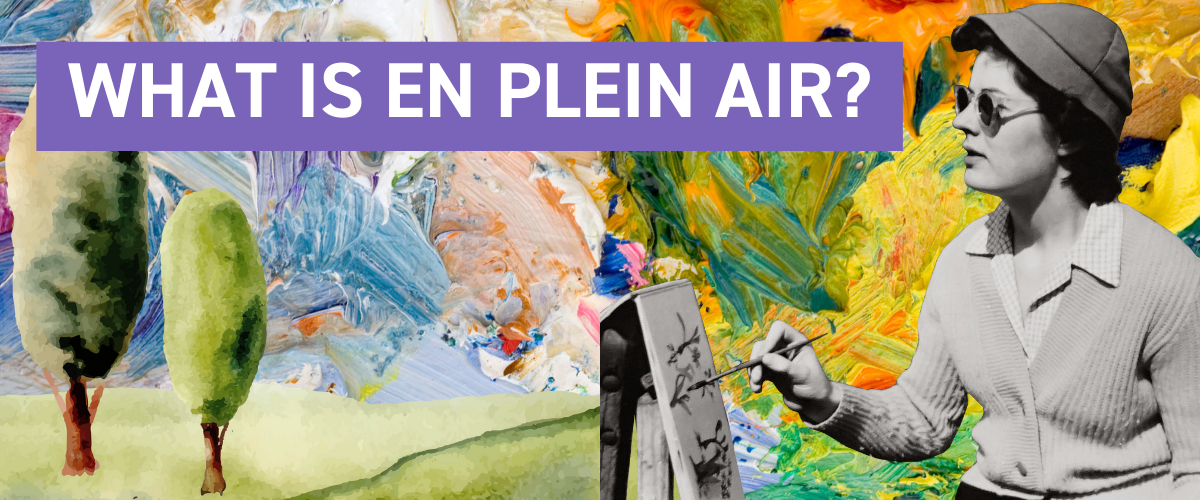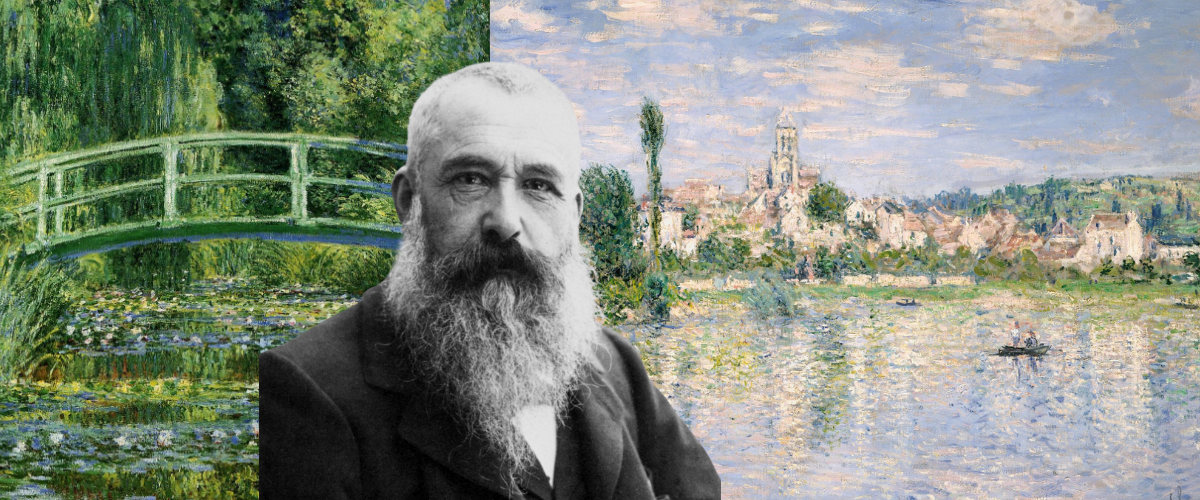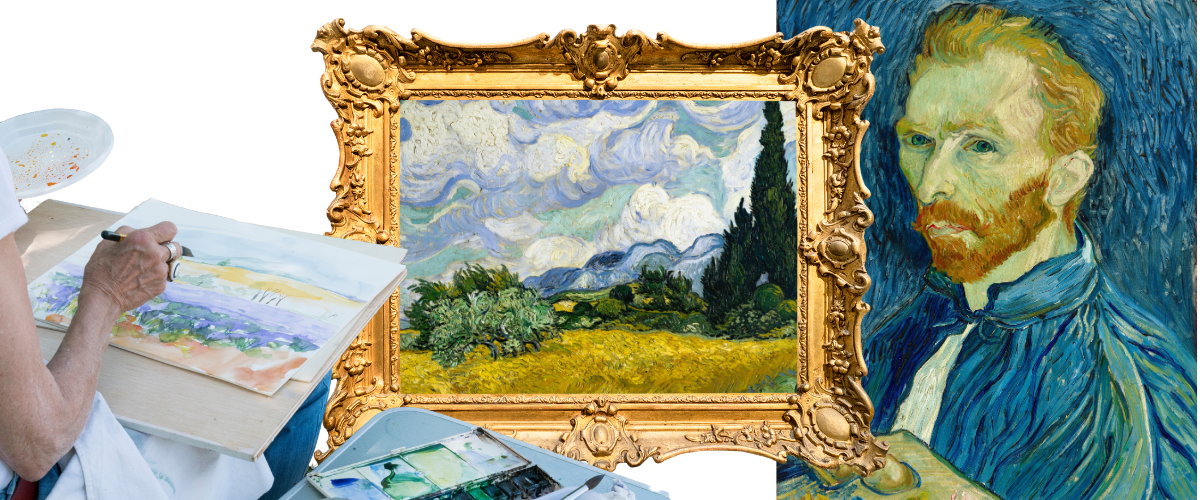What is En Plein Air?
Author: Tessa Date Posted:3 April 2024

We’re getting all frenchy - ooh la la! The term En Plein Air means “in the open air” and really that’s what it means! Getting outdoors with all your creative gear and observing the natural world around you. The French Impressionists, really embraced this concept and turned it into a famous movement, bringing it into popularity in the mid 1800s. However, creating outdoors really has been around much longer than that!
Painting outdoors is recorded as far back as the Renaissance - usually done in preparation for getting back into the studio with a few quick sketches. It really allowed artists to get an unfiltered and raw impression of the environment. This approach, of loose quick sketching, pioneered more of an ethos rather than just an art technique among some English Romantic painters.
Heading back further in time again, the mid 1600s brought about an emphasis on landscape paintings in their own right, with Baroque era painter Claude Lorrain earning the title “the father of outdoor painting” as he worked tirelessly outside, revisiting landscapes over and over again in order to capture the changing qualities of the light in the natural landscape.
.png)
Diego Velázquez is another artist who is noted among the pioneers of plein air painting and allowing landscapes to flourish as their own subject. His paintings in 1630 are thought to be the first oil sketches and are considered unusual for their time as they are not accompanied by any mythological or religious subject matter. It was rare for an artist at this time to set up their canvas and paint the subject on the spot.
Moving back through the 1800s in France, an important group to note was The Barbizon School. This was a group of artists drawn together by their passion for painting en plein air, and particularly the Forest of Fontainebleau. The rugged forest with it’s ancient trees attracted a number of artists and inspired many generations with it. These painters experimented with a number of different techniques in order to capture the changing light in the landscape, including wet on wet using loose and free brushstrokes. This had a deep impact on the work of Impressionists who would travel to Barbizon as young artists to learn.
.png)
Not only were these amazing artists influencing each other but technological advancements also made it possible for artists to get outdoors and paint. In 1841 the invention of the paint tube allowed artists to easily transport their paints with them, where as previously they would need to grind their own pigments to mix with binding oils. Not easy to do outside! The 1850s saw the invention of the French box easel and field easels, making it even easier to pack up their creative tools and hit the great outdoors. Along with these inventions and the development of synthetic pigments, Impressionism really took off and became synonymous with en plein air painting.
 Bridge over a Pond of Water Lilies 1899 & Vetheuil in Summer 1880
Bridge over a Pond of Water Lilies 1899 & Vetheuil in Summer 1880
Claude Monet practically pioneered Impressionism becoming a pillar for the movement, and similarly to Claude Lorrain (something in the name, perhaps?) took to creating work outside over and over again of the same scene in different times of the day and different seasons. In these works he was able to capture, not only the changing light, but the changing atmosphere of the scene. This connection to nature spun out into other facets of Monet’s life, such as his passion for gardening!
Although not popular in his own time, as his colour palette was thought to be too dark compared to the lighter and brighter works of his Impressionist counterparts, Van Gogh took to painting outside as well. He explains the challenges that come with taking your art outside as he wrote, “just go and sit outdoors, painting on the spot itself! Then all sorts of things like the following happen - I must have picked up a good hundred flies and more off the four canvases that you'll be getting, not to mention dust and sand . . .When one carries them across the heath and through hedgerows for a few hours, the odd branch or two scrapes across them."
 Wheat Field with Cypresses 1889 & Self Portrait 1889
Wheat Field with Cypresses 1889 & Self Portrait 1889
But don’t let that put you off! Painting outside can bring so much joy and can put you in a meditative state. From focusing on the light and all the beautiful little details nature has to offer to just basking in the sun, we hope this little snapshot of it’s history inspires you to give it a go! If you need any supplies to give this practice a go - you know where to find us!
Feel free to send us an email at customerservice@artshedonline.com.au or give us a call on 1300 785 406!
Happy creating :)
.png)








